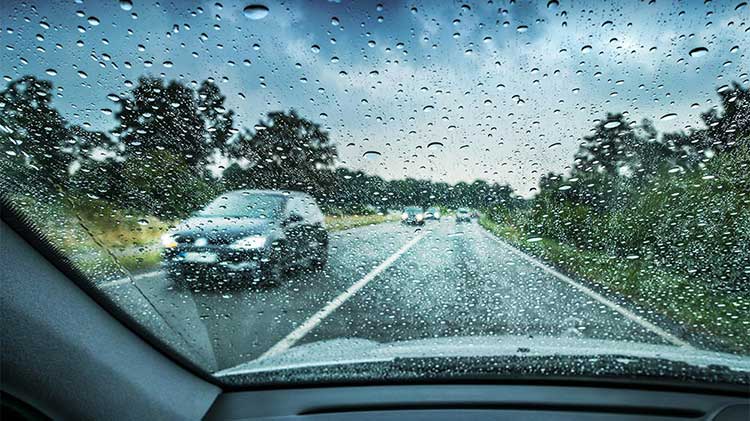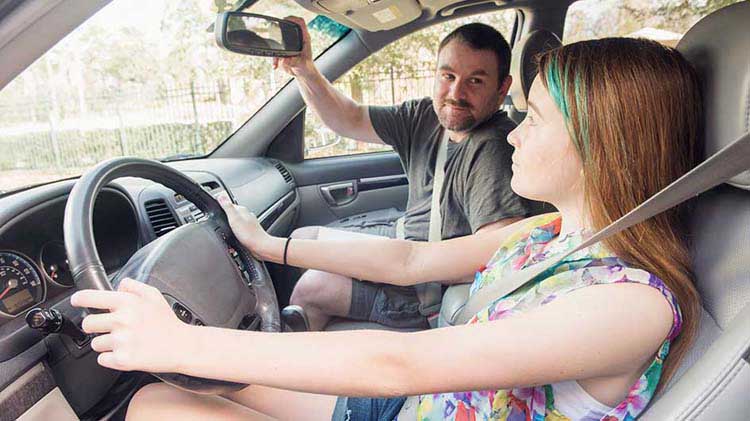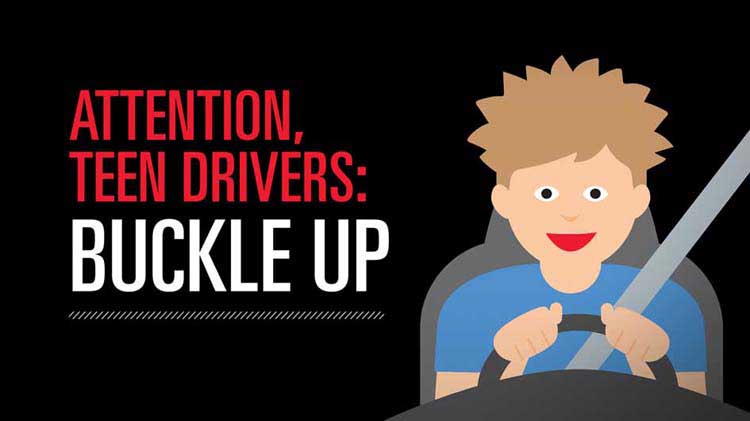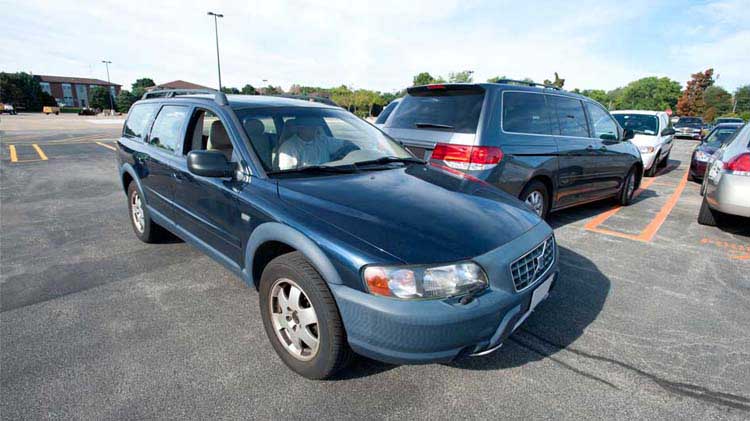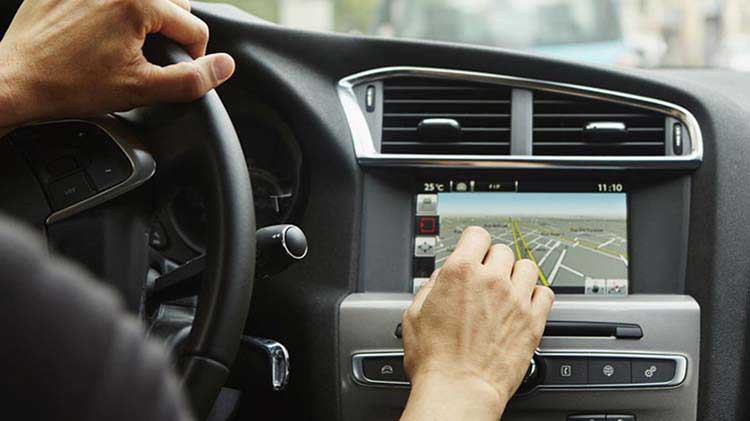4 Driving experiences your teen needs
Your teenager may diligently observe the local driving curfew for minors. He or she might always turn a smartphone off before buckling up and turning on the ignition. But throw an unexpected ingredient into drive time — bumper-to-bumper traffic, inclement weather, a warning light, even fatigue — and suddenly safe driving for teens may get a whole lot trickier
Most experts agree that more drive time and more experiences, some of them unplanned, help teens become well-rounded, independent drivers. When you're plotting out routes and times of day for your teen to practice driving, cover these four scenarios.
Bad weather
Most teens probably learn textbook answers to questions about how precipitation affects roads. They may know that during the first half hour of rain, water mixes with oil and dust before washing away, which can lead to slicker surfaces. However, driving during less-than-ideal weather is necessary for still-learning drivers. Make sure to ride along with your teen driver in the following weather-related scenarios:
- windy days (gusts may push the car or toss debris on a roadway)
- rainstorms
- light snow
- sleet
Changing lights
As the sun angles up and down in the sky, two things happen to drivers. First, the light can become a hazard as it shines directly into eyes. Second, the hours closer to dawn and dusk have a reduced light level. If you can, make sure to accompany your teen on drives to school, for example, or home following an after-school event.
Different traffic and road types
Bumper-to-bumper traffic, as well as the freeway, challenges even the most experienced driver in a much different way than a stretch of open, unencumbered road. Ensure you accompany your teen driver on:
- interstate or four-lane highways
- one-way roads
- two-way streets in calm residential areas
- streets in more urban settings
- rush hour
New passengers and diverse vehicles
Your teen won't always be driving with just you and only you as a sidekick, or only in your car. Invite another person or two as third or fourth passengers (as state driving laws allow). If your family owns more than one car, a new driver should gain experience in all of them. That way they'll be able to more readily adapt to a future (and drives) filled with family and friends.
Safe driving for teens: a checklist
Use this list to help evaluate how well your teen is gathering driving knowledge.
- Do they turn at the correct speed and only after signaling?
- Is braking smooth?
- Is acceleration steady up to safe speeds?
- Is your teen attentive and mindful when approaching both controlled and uncontrolled intersections?
- Can your teen smoothly change lanes and merge into traffic?
- Does your teen correctly determine right-of-way?
- Can your teen safely share the road with cyclists, pedestrians and school buses?
Another idea? Download the Steer Clear® app or the Drive Safe & SaveTM app, both of which offer feedback on driving performance. [1]
